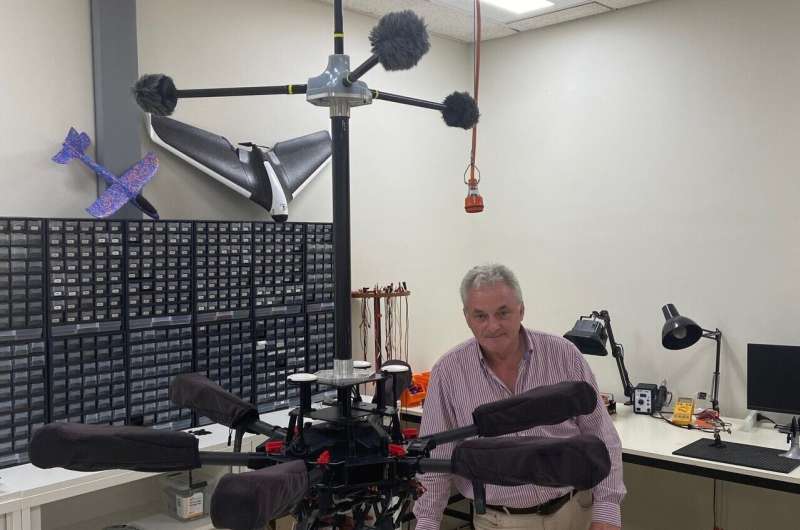Early detection system for dangerous drones
Drones are increasingly becoming a danger. Australian scientists are inspired by the brain structures of the hoverfly for an early detection system.

Researchers of the Flinders University from Australia have developed an early detection system for dangerous drones based on the visual filtering system of the hoverfly brain. According to the Australian scientists, in the best case scenario, this system can precisely identify the small flying objects at a distance of four kilometers.
More and more dangerous situations
Drones are increasingly becoming a danger. If they are steered into the restricted air regions of airports, for example, they can endanger landing and taking-off aircraft. Increasingly, drones are also being used to deliver explosive devices to take out enemy weapons, as is currently happening in the war in Ukraine. In all these cases, it is vital to detect and localize the approach of drones at an early stage so that countermeasures can be taken, it says.
"Our research aims to significantly improve early detection as the use of drones in civilian and military space increases," says Russell Brinkworth of Flinders University. He worked with colleagues at the University of South Australia (UniSA) and a defense contractor to create the biologically inspired detection system. The researchers have practically packaged the hoverfly's visualization technique into an algorithm that can sort sounds. The method is up to 50 percent more sensitive than techniques previously used at airports, for example.
Signals from great distances
According to Anthony Finn, UniSA professor of autonomous systems, insect brains have been mapped for some time to improve camera-based detections. But this is the first time bio-vision has been applied to acoustic data, he said. "We have shown that we can capture clear and sharp acoustic signatures from drones, including very small and quiet ones, using an algorithm based on the hoverfly's visual system," Finn concludes.









